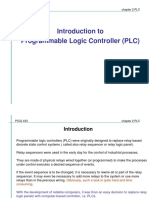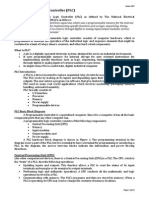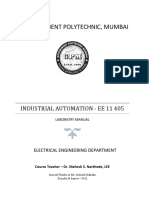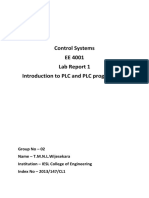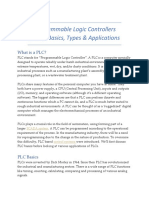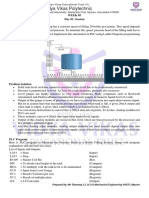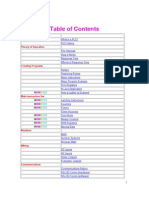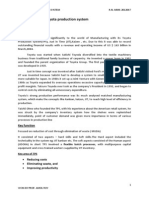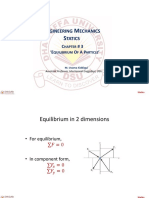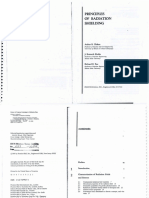0% found this document useful (0 votes)
863 views64 pagesPLC Programming & Components Guide
The document provides an overview of a course on Programmable Logic Controllers (PLCs). It discusses the PLC programming equipment, formats, and proper construction of ladder diagrams. It also covers input and output devices that connect to PLC modules, such as switches, analog devices, and on/off or analog output devices. The document compares old relay systems to PLC-based panels and lists advantages and disadvantages of PLCs. It provides details on the overall PLC system, including the central processing unit, programmer/programming device, and input/output modules.
Uploaded by
Mo ImranCopyright
© © All Rights Reserved
We take content rights seriously. If you suspect this is your content, claim it here.
Available Formats
Download as PDF, TXT or read online on Scribd
0% found this document useful (0 votes)
863 views64 pagesPLC Programming & Components Guide
The document provides an overview of a course on Programmable Logic Controllers (PLCs). It discusses the PLC programming equipment, formats, and proper construction of ladder diagrams. It also covers input and output devices that connect to PLC modules, such as switches, analog devices, and on/off or analog output devices. The document compares old relay systems to PLC-based panels and lists advantages and disadvantages of PLCs. It provides details on the overall PLC system, including the central processing unit, programmer/programming device, and input/output modules.
Uploaded by
Mo ImranCopyright
© © All Rights Reserved
We take content rights seriously. If you suspect this is your content, claim it here.
Available Formats
Download as PDF, TXT or read online on Scribd
/ 64




